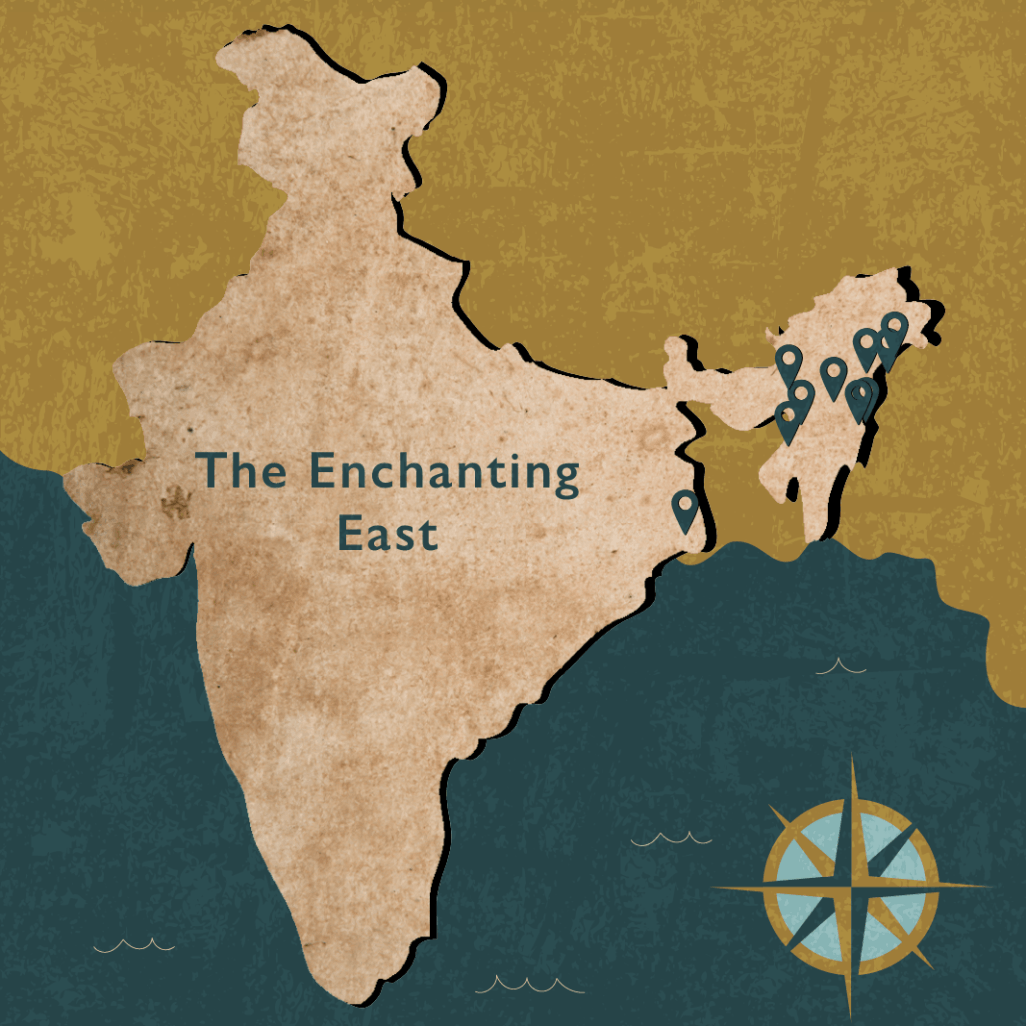


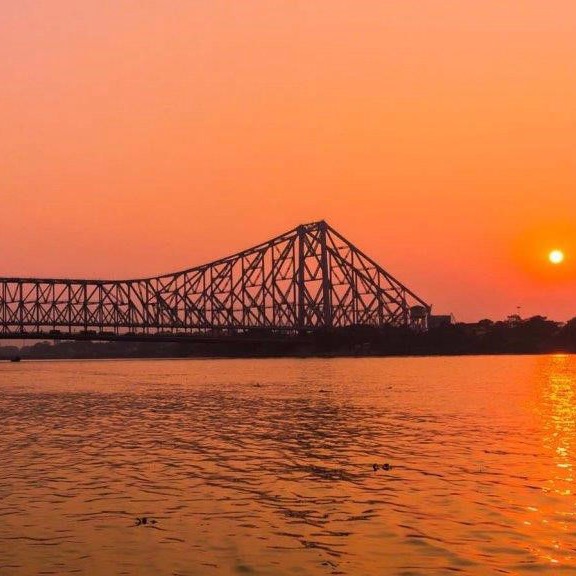
Arrive Kolkata by an international flight. After clearing immigration and customs formalities you are met by a representative from First Tours India and transferred to The Oberoi Grand, a centrally located luxury hotel characterized by its Victorian architecture. Formerly known as Calcutta, Kolkata was the showpiece capital of British India in 19th century during the heyday of the Raj. This greatest colonial city of Orient located on the east bank of River Hooghly was established by English merchant trader Job Charnock in 1690.
The Oberoi Grand

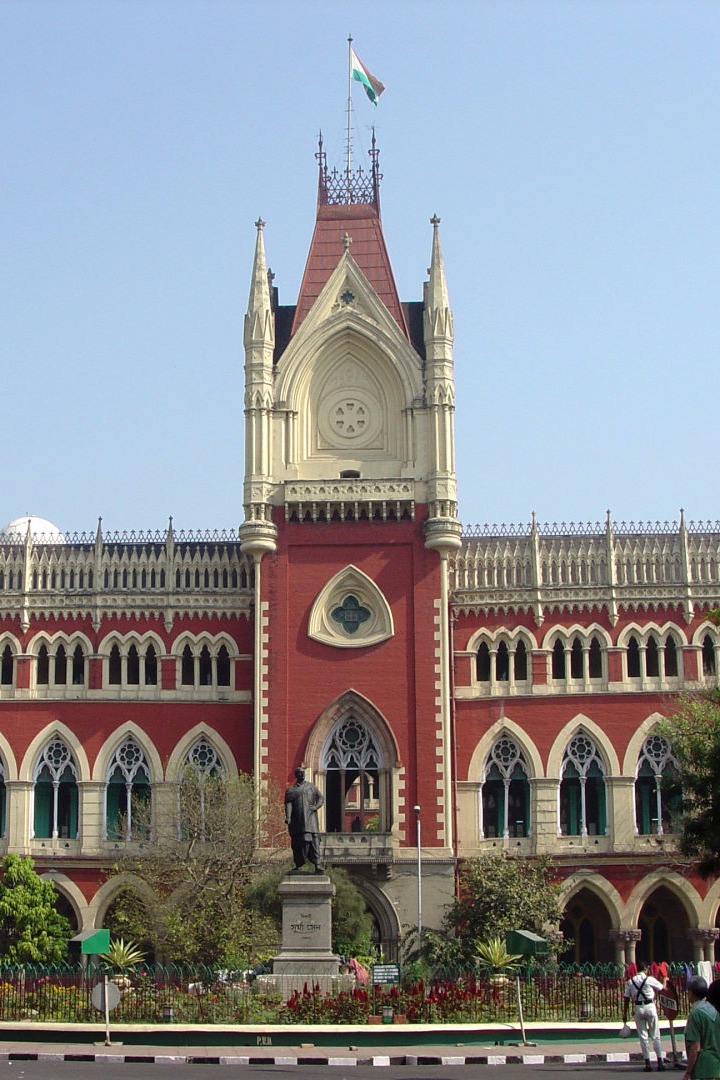
Begin the day with a visit to the flower market and wrestling grounds on the banks of Hooghly River. Afterward visit the Writers Building, General Post Office, Raj Bhawan, Calcutta High Court and the Town Hall at Dalhousie Square. Continue on to visit St. John’s Church, the first parish church in Kolkata. It boasts an impressive stained-glass panel of The Last Supper, in which the artist Johann Zoffany gave the 12 disciples the faces of British personalities famous in the city at that time. Proceed towards the north of Kolkata to visit Indian Coffee House at College Street. It is the favorite haunt of the city’s intelligentsia since it opened in 1942. Continue on to visit Kumartuli or “the Area of the Potters”, where images of various Hindu gods and goddesses are made. Stop at the giant Howrah Bridge – an airy, elegant mesh of steel that appears to float above the turgid Hooghly River. In the afternoon visit the oldest and largest museum in India, the Indian Museum, founded in 1814. The imposing building designed by Walter Granville is noted for its impressive collection of artefacts from the 2,500 BC Indus Valley Civilization, sculpture from Gandhara, a fine collection of 5th-century Gupta coins and the superbly sculpted railings from the 2,000-year old Bharhut Stupa. Episodes from Buddhist scriptures, events from the Buddha’s life and scenes from daily life are carved on the Bharhut railings. End the day with a visit to Victoria Memorial, the city’s most celebrated landmark conceived by Lord Curzon, one of British India’s most flamboyant viceroys to commemorate the British Empire at its peak. The building was designed by Sir William Emerson and the main attraction is the huge statue of the Queen, which is flanked by two ornamental tanks.

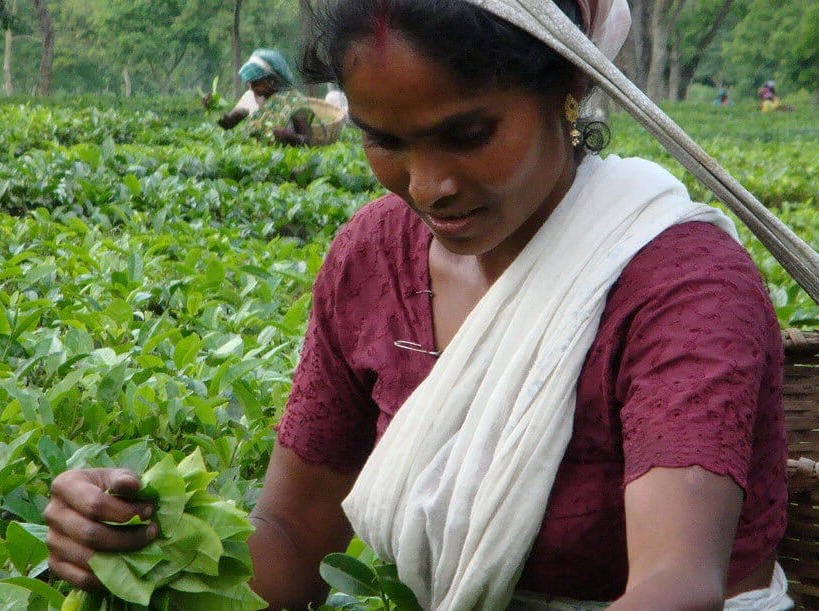
Fly to Dibrugarh situated on the banks of the River Brahmaputra in Upper Assam. This city is the gateway to the three tea producing districts of Tinsukia, Dibrugarh and Sibsagar. Assam and the six northeastern states, also known as the Seven Sisters, make up the most geographically isolated and least visited part of India. With an unusually rich diversity of ethnic groups, languages, religions, climates and landscapes, Assam spreads along the valley of the Brahmaputra River. Arrive Dibrugarh and transfer to Mancotta Tea Bungalow. After lunch explore a tea plantation to learn more about how tea is produced.
Mancotta Tea Bungalow


Today enjoy an excursion to Digboi to visit the world's oldest operating oil refinery, oil museum and the World War II cemetery. After lunch drive to Namphake village of Tai Ahom tribes to visit their traditional houses to observe and experience their way of life and weaving style. Also visit the Buddhist monastery. Return to Dibrugarh in the late afternoon.
Image Credits: Nborkakoty

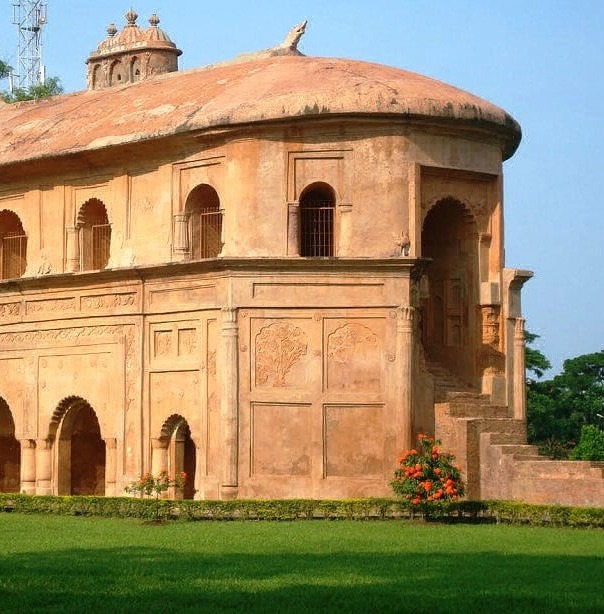
Depart Dibrugarh and drive 50 miles in 2 hours to Sibsagar, the most historic city and the seat of the Ahom Dynasty which ruled Assam for 600 years. Originally from Myanmar, the Ahoms conquered Assam in 1228 and embraced Hinduism. Their kingdom became a part of the British Indian Empire in 1826. They were great builders as evident from the ruins found in and around Sibsagar. Most significant among them are the 255-acre manmade Sibsagar Lake with three temples on its banks, the towering Shivadol temple which is flanked by two other temples dedicated to Goddess Durga and Lord Vishnu; two 18th century brick palaces – Kareng Ghar and Talatal Ghar, both are seven storey high and the elegant Rang Ghar, the oval double storey royal sport pavilion. After exploring the ruins of the Ahom Dynasty drive to Jorhat. Arrive Jorhat and check-in to the Banyan Grove.
The Banyan Grove

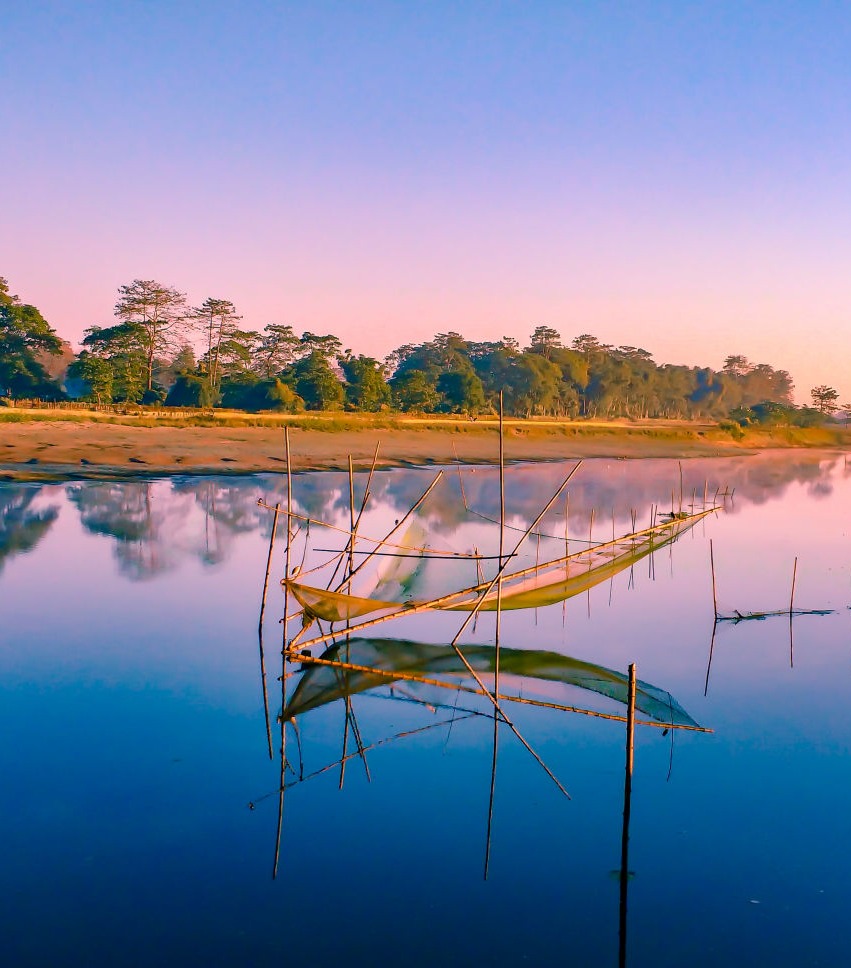
Today enjoy a ride on motorized country passenger ferry on the broad Brahmaputra River to Majuli River Island. Perhaps the largest inhabited river island in the world, Majuli covers an area of 359 sq miles. This amorphous land mass is constantly being sculpted into new dimensions and shapes by the Brahmaputra River. Every year during the monsoon, the river submerge large tracts of land forcing the inhabitants to move to higher ground. After the floods recede, leaving behind fertile, freshly silted land, the people return to cultivate the area. As interesting as Majuli's landscape are its satras - unique monasteries founded in 15th century by the Vaishnavite reformer-philosopher, Shankardeva. The satras are rich repositories of traditional Assamese arts and crafts, and regularly stage dance-drama in praise of Lord Vishnu. Visit the satras and a pottery making centre before returning to Jorhat in the evening.
Image Credits: Udit Kapoor


Travel overland to Kohima, the capital of Nagaland. This small and pleasant town surrounded by hills dotted with villages is situated at an altitude of 5000 feet. Kohima derive its name from the plant "Kew Hi" which is grown on the mountain side. Kohima is famous in World War II history for the decisive battle fought on the tennis court of the British deputy commissioner's house that finally stopped the Japanese advance into India in April 1944. Arrive Kohima and check-in to Hotel Razhu Pru. In the afternoon visit the State Museum that has an excellent anthropological collection of Naga masks, textiles and jewelry and totem pillars from all the 16 Naga tribes. Also visit the main bazaar of Kohima. It is a good place to encounter the handsome Naga people in their colorful woven shawls who come from the surrounding villages to sell their products. The market also offers a glimpse of the diet that supposedly made the Nagas such formidable warriors.
Hotel Razhu Pru


Drive 12 miles southwest of Kohima to visit an authentic tribal village Khonoma. This is an Angami Naga village with traditional wooden houses, carved gateway and surrounding stone wall. Angamis are one of the major Naga tribes of Nagaland. They are known for their ecological consciousness and use of their water courses for terraced wet-rice cultivation. After lunch visit the War Cemetery covering a terraced hillside, a symbolic memorial raised as citation for the supreme sacrifice made by the officers of the Allied forces during World War II.

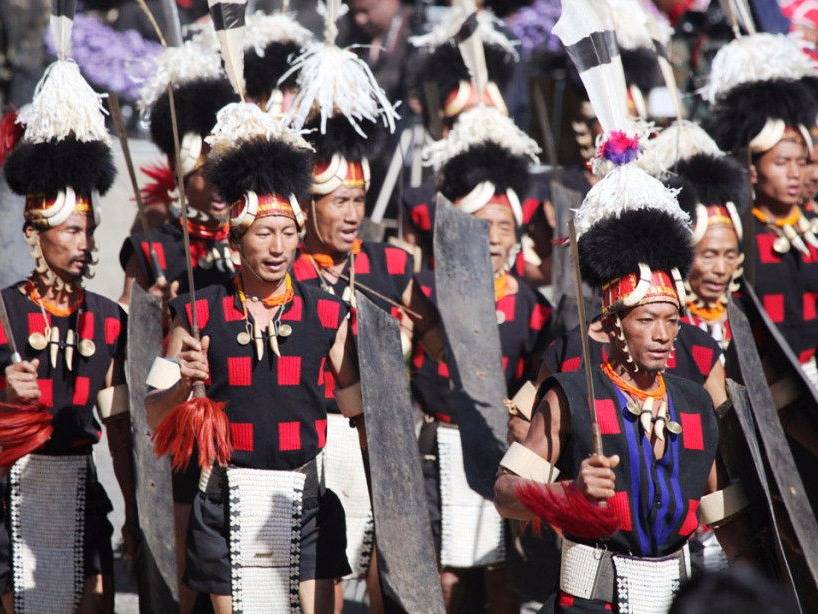
Enjoy a spectacular drive of 25 miles to Touphema Tourist Village and check-in to neatly appointed huts built in the Angami Naga style architecture. In the afternoon, visit a small village inhabited by the Rengma tribe to explore their traditional houses, meet the local people and observe their way of life. Afterward explore the Touphema old village. In the evening enjoy traditional Naga dances in the village complex.
Touphema Tourist Village


After breakfast drive 145 miles to the flood plains of Kaziranga. On arrival check-in to Diphlu River Lodge that provides excellent accommodation at Kaziranga National Park. All cottages have been beautifully designed to make full use of local materials and artifacts, and blend in with the stunning natural surroundings. A UNESCO World heritage Site, Kaziranga National Park is the home of the Indian one-horned rhinoceros. Beautifully situated on the banks of the mighty Brahmaputra River, the park covers an area of approximately 166 sq miles. Its landscape is characterized by vast grasslands, swamps and dotted with patches of semi-evergreen forest. Kaziranga's rich variety of wildlife includes tigers, wild elephants, Asiatic wild buffalo, Hoolock gibbons, pythons, swamp deer and 300 species of birds.
Diphlu River Lodge

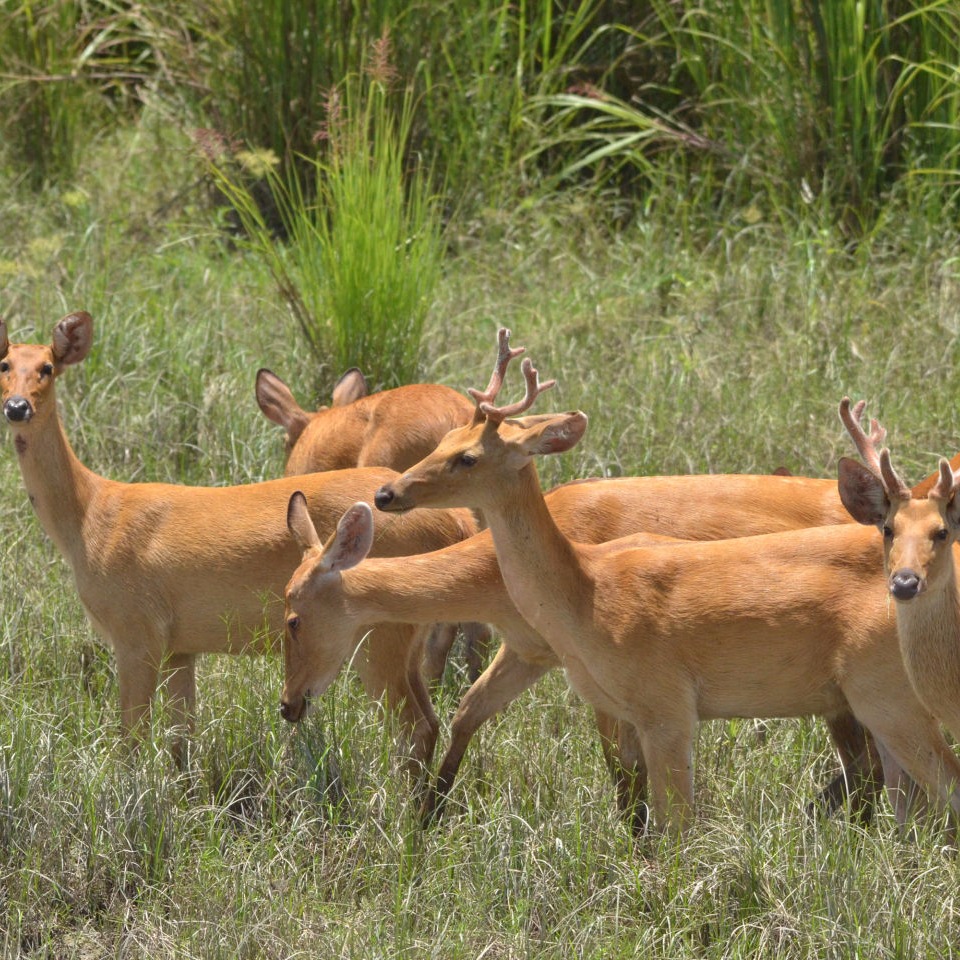
Early morning explore the central range of Kaziranga on elephant-back. In the late afternoon enjoy jeep safari to other parts of the national park for game-viewing. During the day it is possible to visit the nearby tribal village inhabited by Mishing tribe, the 2nd largest tribal group in Northeast India followed by the Bodos. They belong to Southeast Asian sub-race of the Mongoloid race and were the dwellers of the hills of present day Arunachal Pradesh. Around 13th century they started migrating towards the plains of Assam in search of fertile land and settled on both banks of river Brahmaputra starting from Sadiya in the east to Jorhat in the west. They live in thatched houses raised on bamboo stilts known as Chang Ghar. These raised houses provide protection from the wild beasts and also against the flood water during the rainy season.

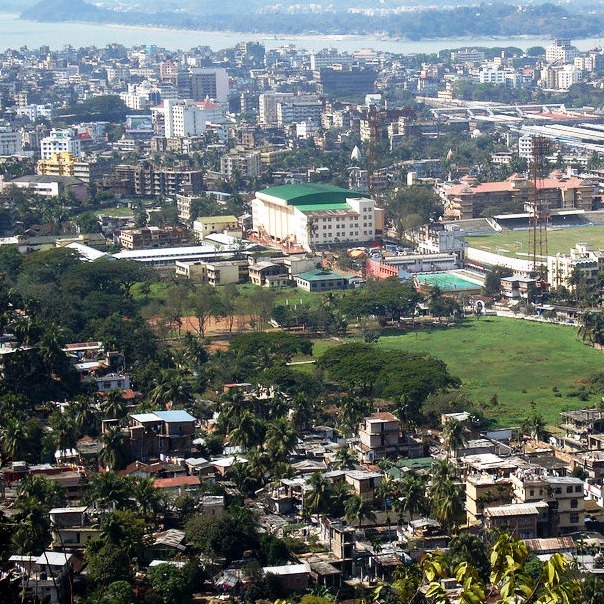
Travel 145 miles in 5 hours to Guwahati, the capital city of Assam. Ringed by the Neelachal Hills, the city stretches along both banks of the mighty Brahmaputra River. An ancient seat of Tantric Hinduism, with many interesting temples in its environs, Guwahati is now a busy commercial centre for Assam’s tea and oil industries. Its outer fringes are dotted with slender and graceful betel-nut palm trees from which the city derives its name Guwahati, literally means “Betel Nut Market”. Arrive Guwahati and check-in to Vivanta Guwahati, located on the Guwahati-Shillong highway in the centre of Guwahati’s government, business and cultural areas.
.
Vivanta Guwahati

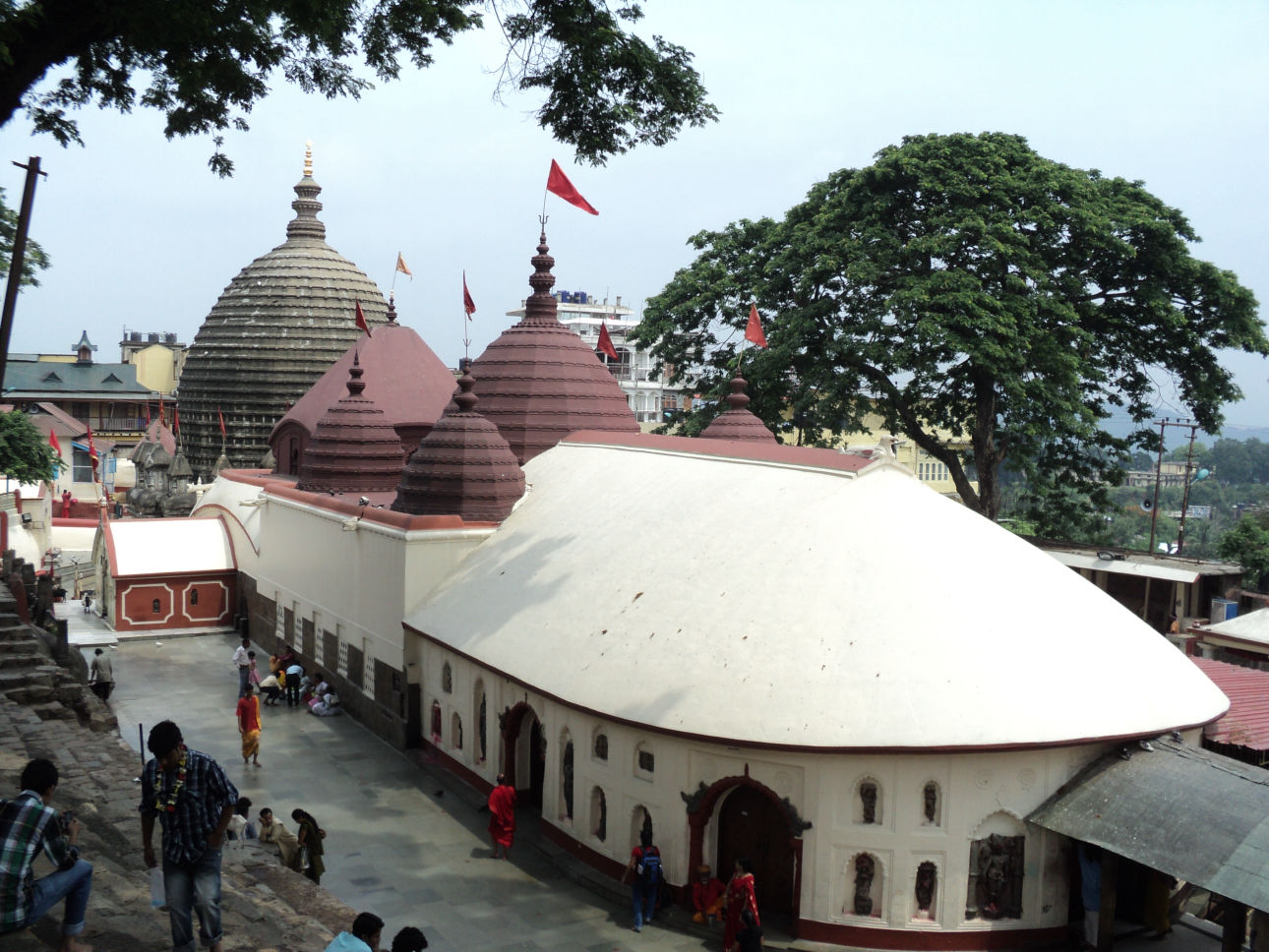
In the morning visit the Kamaksya temple. Perched on Nilachal hill, this temple has been a centre for Tantric Hinduism and Sakti worship. The dark sanctum contains the creative part of goddess Sati which said to have fallen here. Proceed to Sualkuchi, a major weaving centre for Assam's famous golden-hued muga and paat silk. Visit a few weavers' houses in the village and watch women working at their looms. Later proceed to Hajo to visit the 16th century Hayagriva Madhava temple and the Poa Mecca Mosque. This mosque was built by an Iraqi prince who visited Assam in the 12th century. Return to Guwahati in the late afternoon.

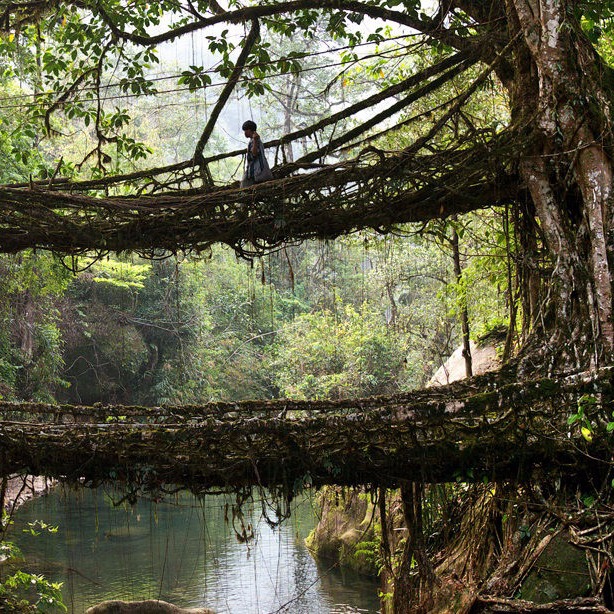
Today drive 70 miles in 2 hours through rolling green hills to Shillong. Capital of the tiny state of Meghalaya, Shillong with its mist-shrouded hills, pine forests, lakes and waterfalls, is described as the “Scotland of the East”. Located at an altitude of 5000 ft, it was chosen as the headquarters of the British administration in Assam in 1874. The town still retains a distinctly colonial ambiance with its mock-Tudor bungalows, polo ground and a beautiful 18-hole golf course. On arrival, check-in to Ri Kynjai - Serenity by The Lake. Presiding over the picturesque Umiam Lake, Ri Kynjai translates from Khasi as ‘land of serene environs’. This afternoon visit Shillong Peak – the highest point in Meghalaya at 6500 ft; the horseshoe shaped Ward Lake located in the centre of the town and the Botanical Gardens. Also visit the scenic Elephant Falls flowing over the fern covered rocks..
Ri Kynjai - Serenity by The Lake

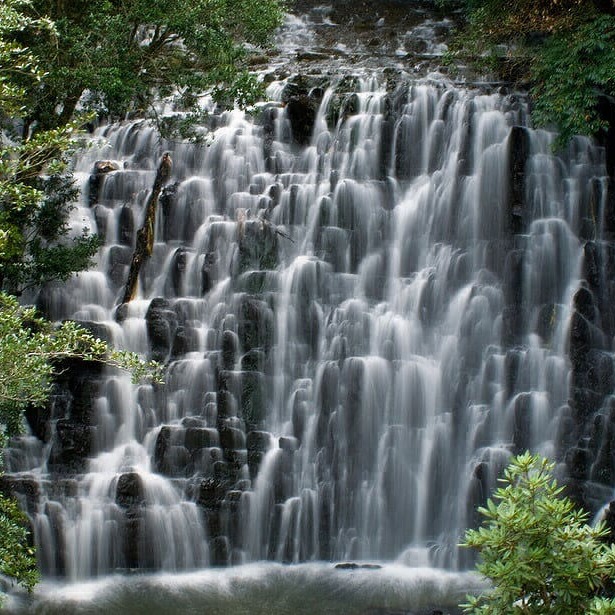
In the morning drive 35 miles south of Shillong to Cherrapunji, one of the wettest places on earth. It established a world record of an incredible 1032 inch of rain in 1861. It continues to record an average rainfall of 450 inch in the monsoon months of July to September. The road winds through dense pine and oak forests full of ferns and orchids. En route are dramatic gorges and ravines, waterfalls and limestone caves. In Cherrapunji visit Mawsmai Caves, Seven Sisters Falls, Thangkharang Park, Nohkalikai Falls and Cherrapunji church. Also visit the sprawling market Bara Bazaar that offers a vivid glimpse of Khasis tribal society. The stalls are piled with produce from the surrounding villages – honey, pineapples, dried fish, wild mushrooms, raw betel nut and bamboo baskets. Dressed in their traditional tunic like jainsems and tartan-checked shawls, the cheerful Khasi women run most of the stalls in the market. Return to Shillong en route visiting the Don Bosco Museum.
After an early breakfast drive 75 miles in 3 hours to Guwahati airport to board your flight to Kolkata. Arrive Kolkata and board your homebound flight with colorful memories that will add untold pleasure to last for a lifetime.
